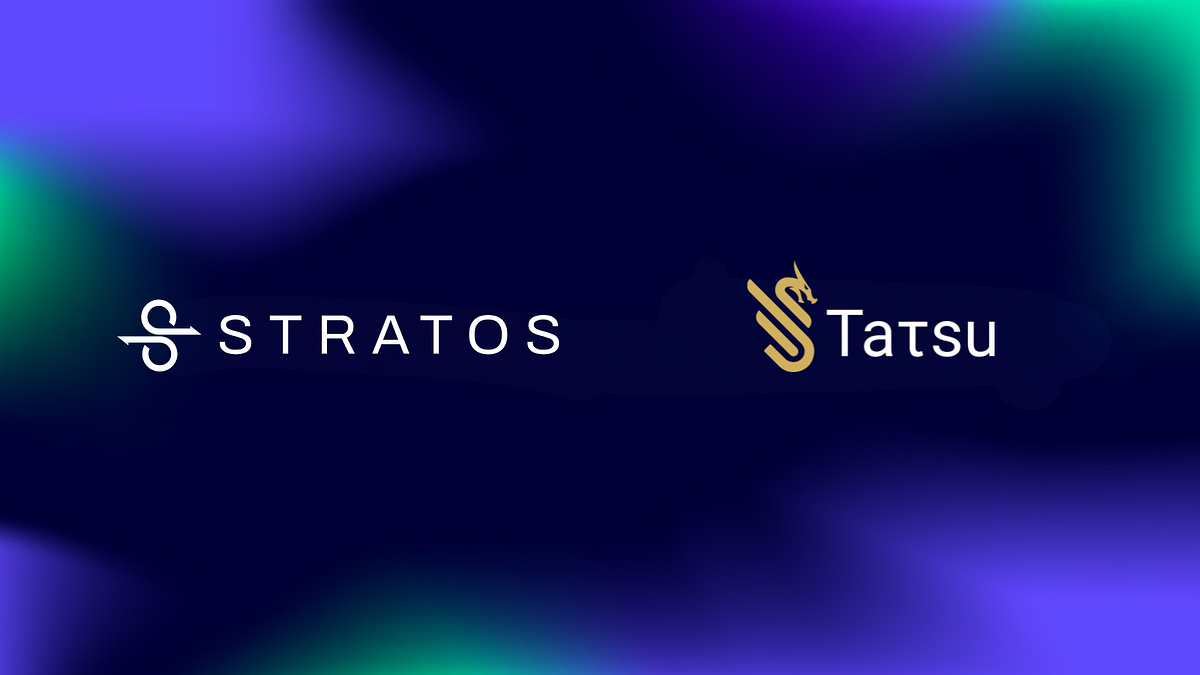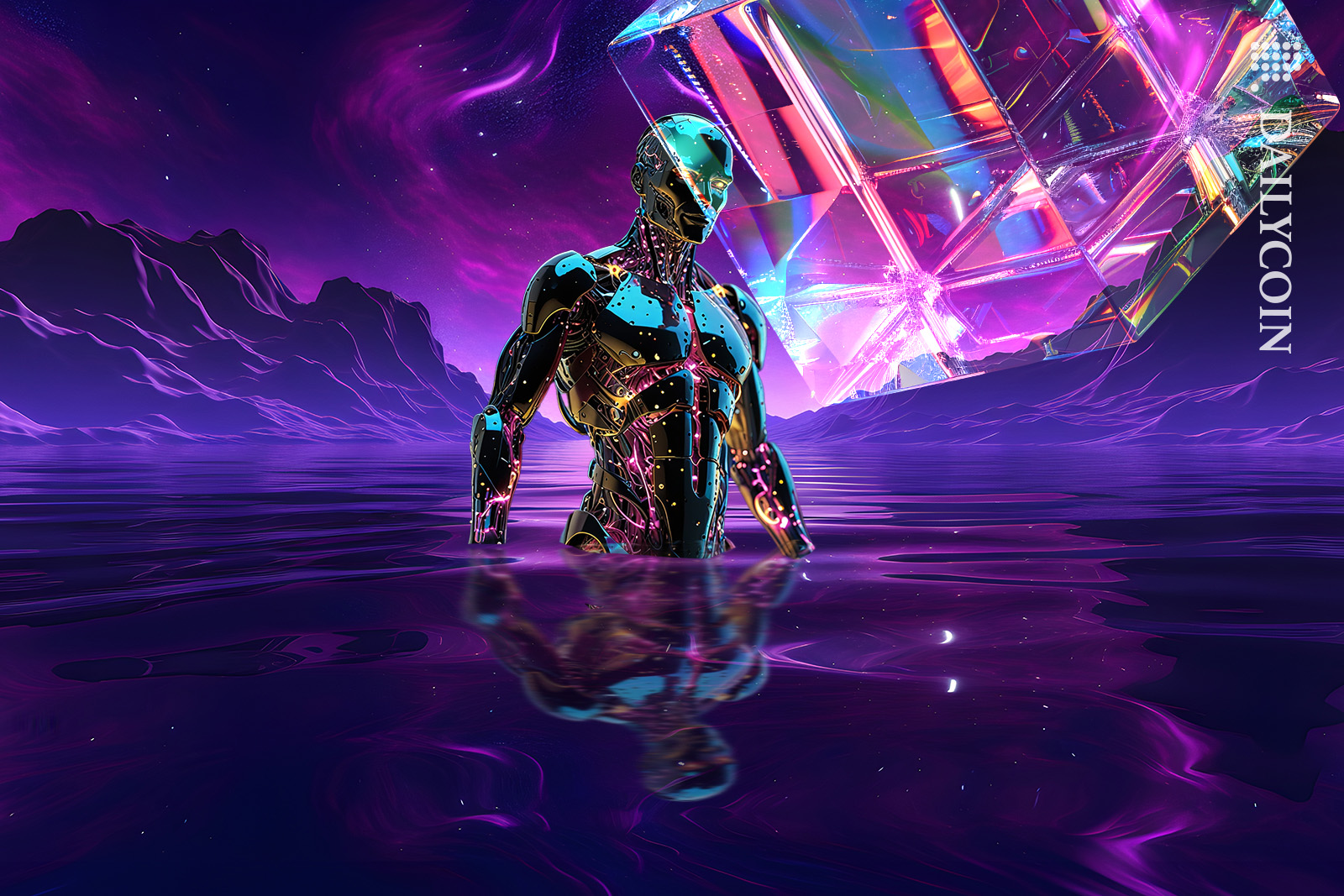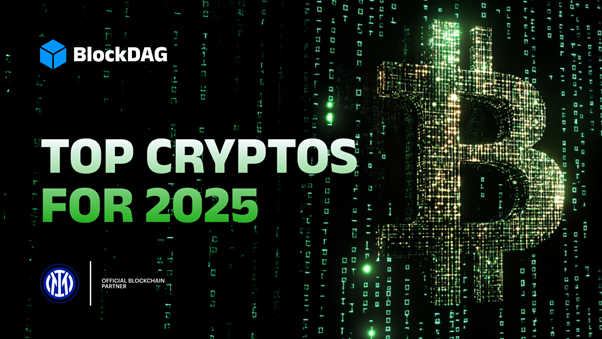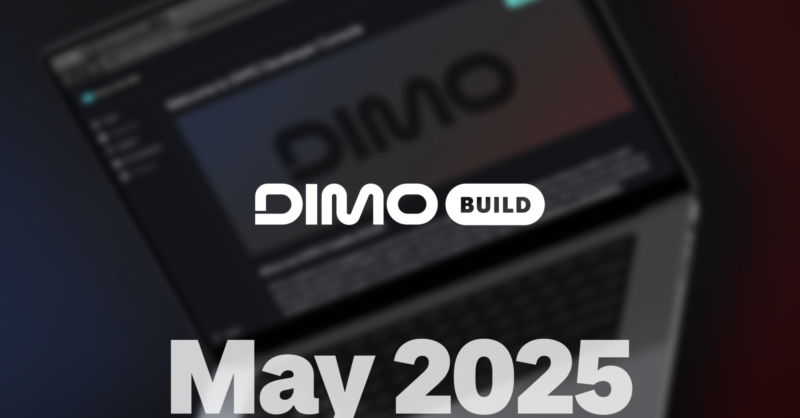Stratos Partners with Tatsu to Enhance Decentralized Identity Verification

In a significant development within the blockchain and AI sectors, Stratos has announced a strategic partnership with Tatsu, a pioneering decentralized AI crypto project operating within the Bittensor network and TAO ecosystem. Tatsu has made remarkable strides in decentralized identity verification, leveraging advanced metrics such as GitHub activity and cryptocurrency balances to create a unique human score. This innovative approach enhances verification processes, making them more reliable and efficient in the decentralized landscape. With the upcoming launch of Tatsu Identity 2.0 and a new Document Understanding subnet, Tatsu is set to redefine the capabilities of decentralized AI.
The partnership will see Tatsu integrate Stratos’s decentralized storage solutions, which will significantly bolster their data management and security protocols. This collaboration is not just a merger of technologies but a fusion of expertise aimed at pushing the boundaries of what is possible in the decentralized space. By utilizing Stratos’ robust infrastructure, Tatsu can enhance its offerings and ensure that its identity verification processes are both secure and efficient. This synergy is expected to foster innovation and growth within the TAO ecosystem, opening doors to new applications for Tatsu’s advanced technology.
As both companies embark on this journey together, the implications for the blockchain community are substantial. The integration of decentralized storage with cutting-edge AI solutions could lead to transformative changes in how identity verification is conducted in various sectors. This partnership exemplifies the potential of combining decentralized technologies with AI to create more secure, efficient, and innovative solutions, setting a precedent for future collaborations in the blockchain space.
Related News





